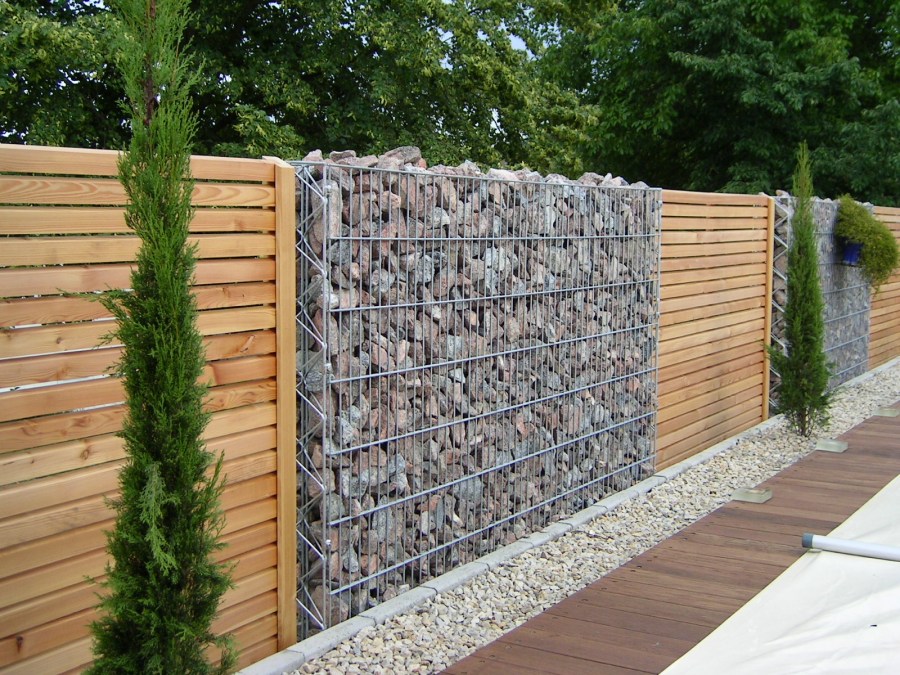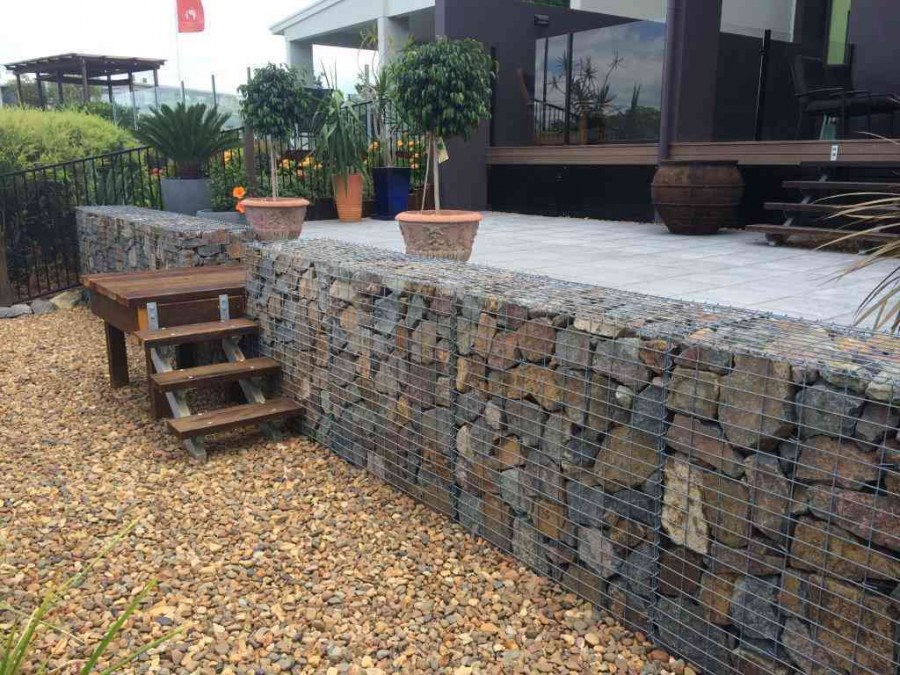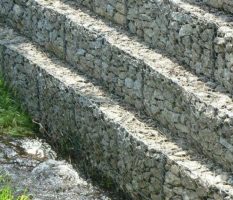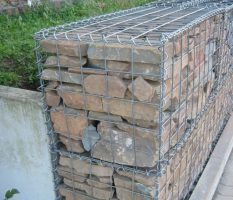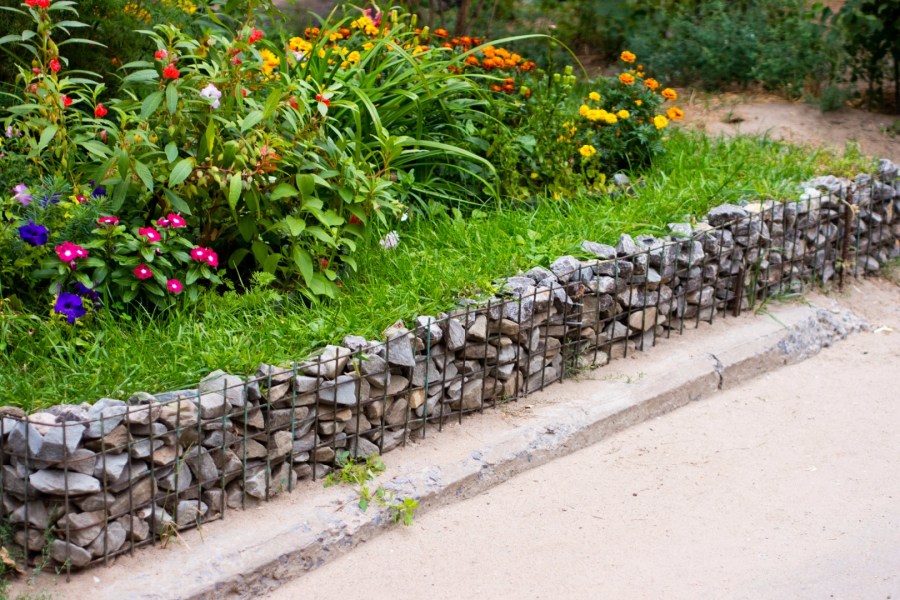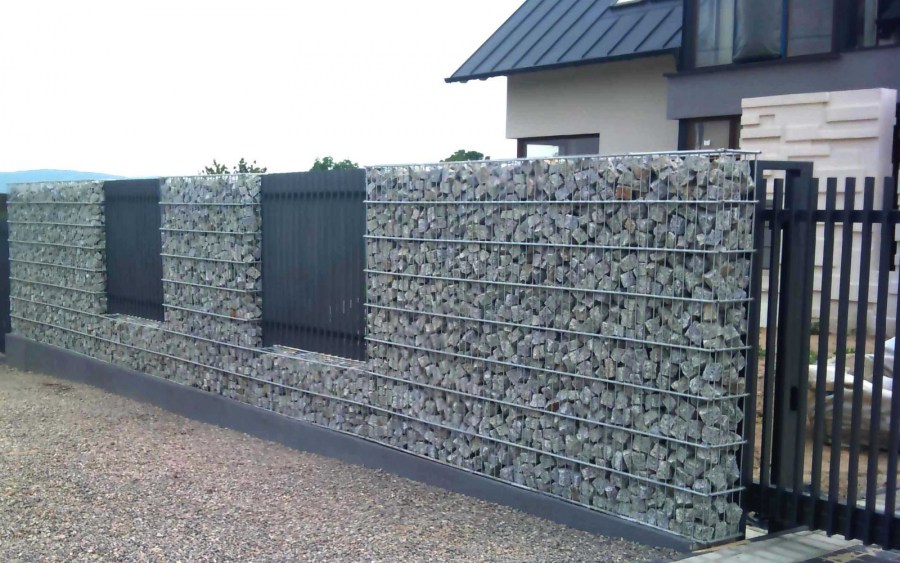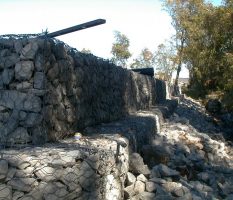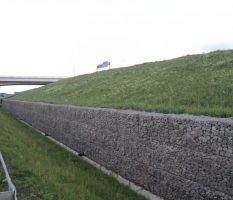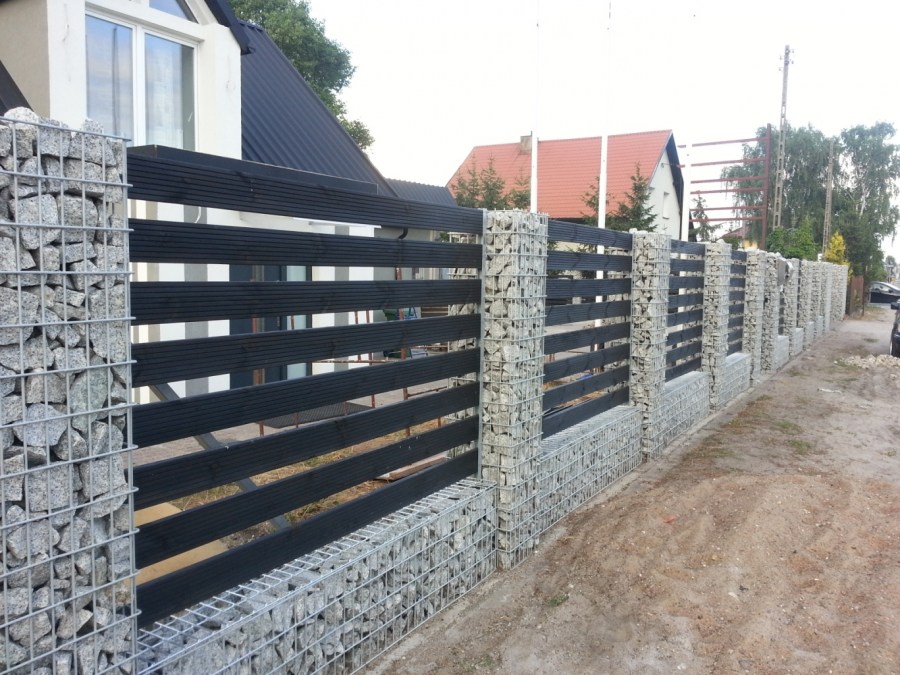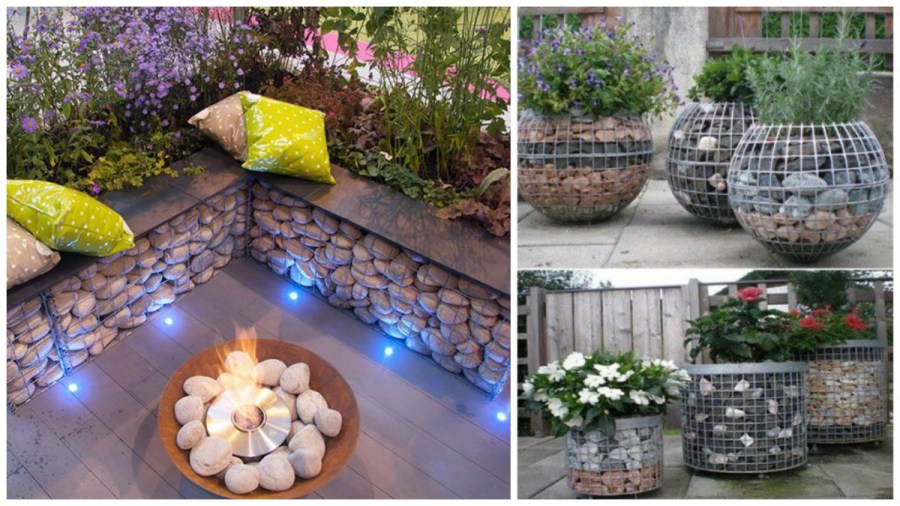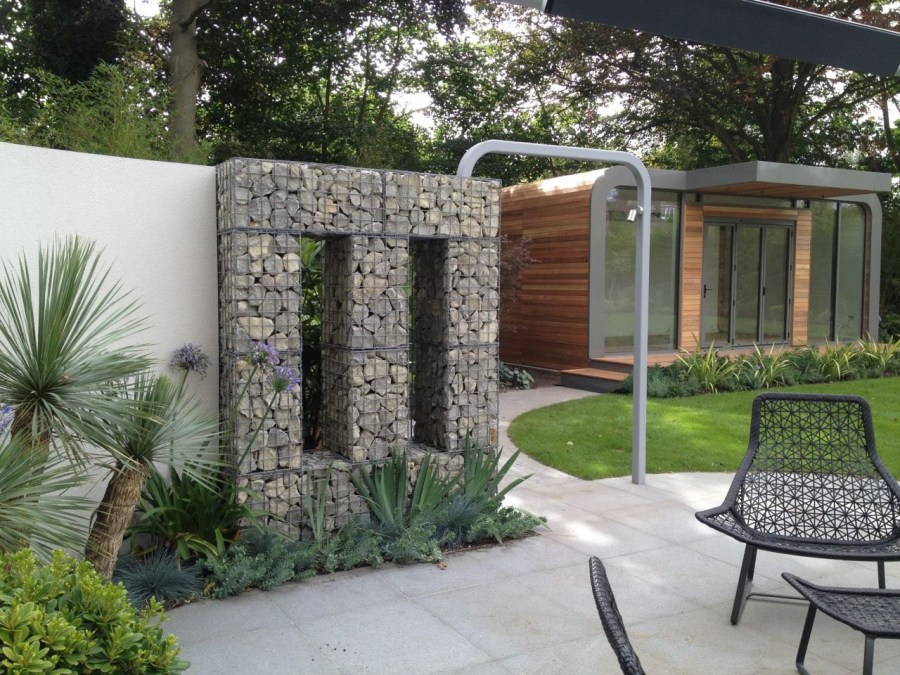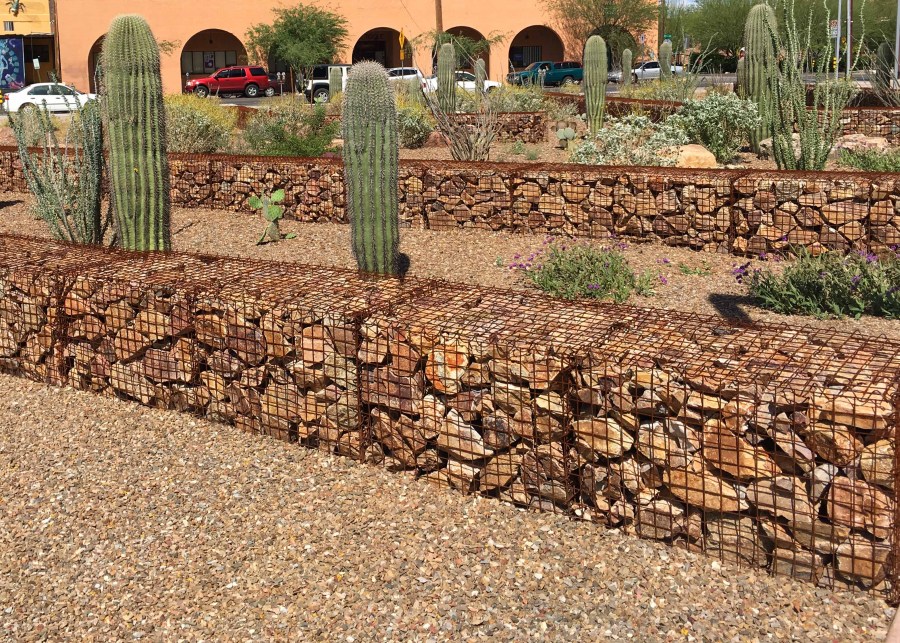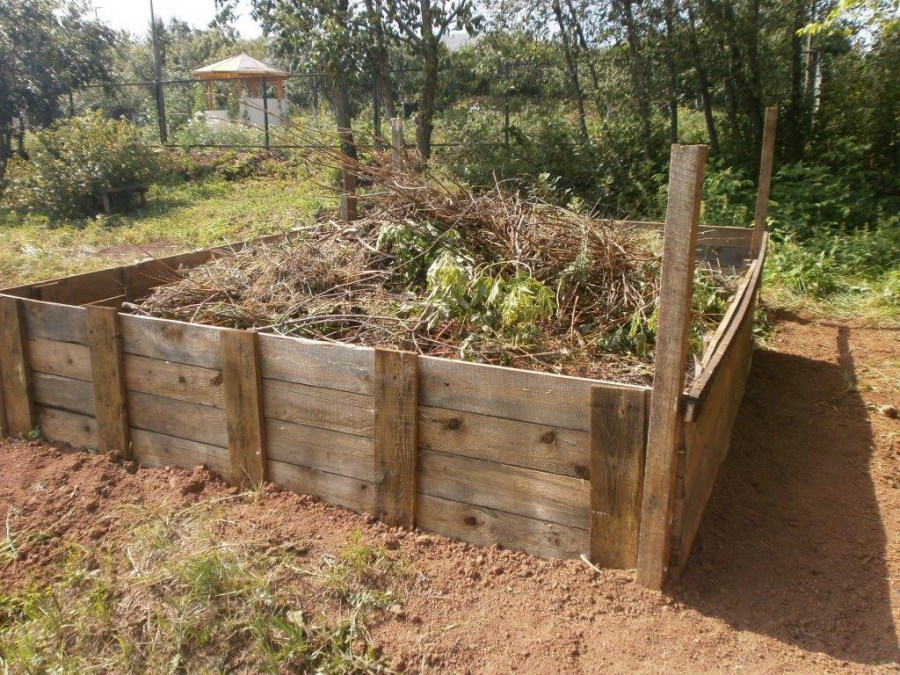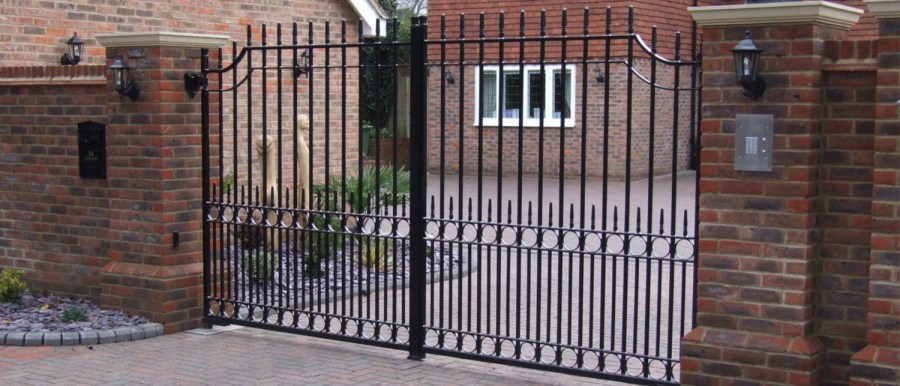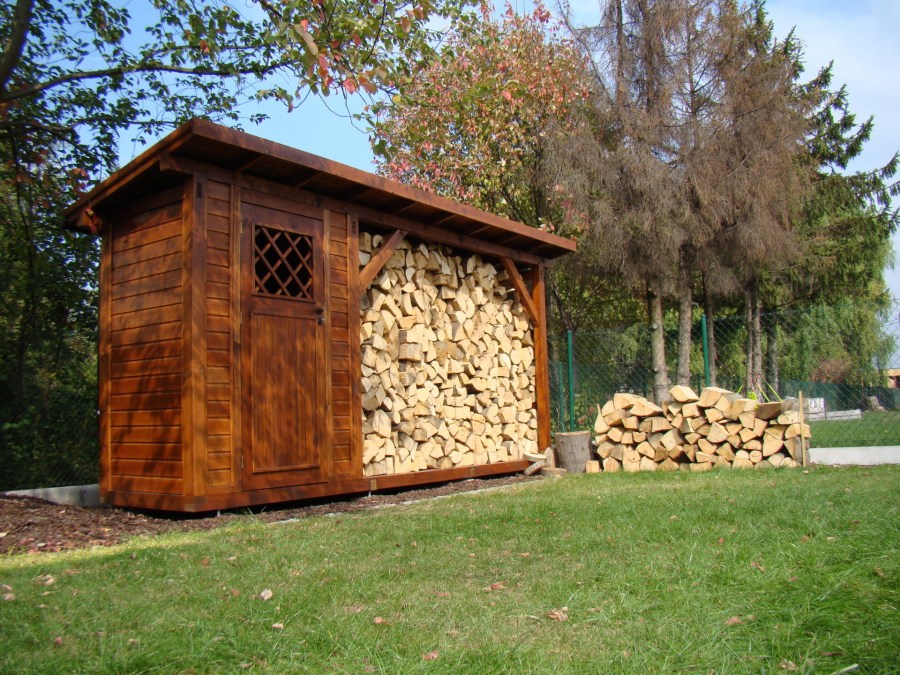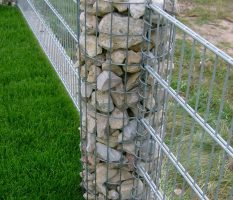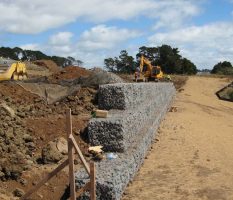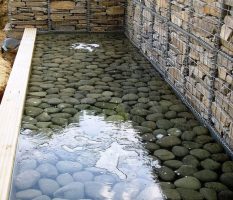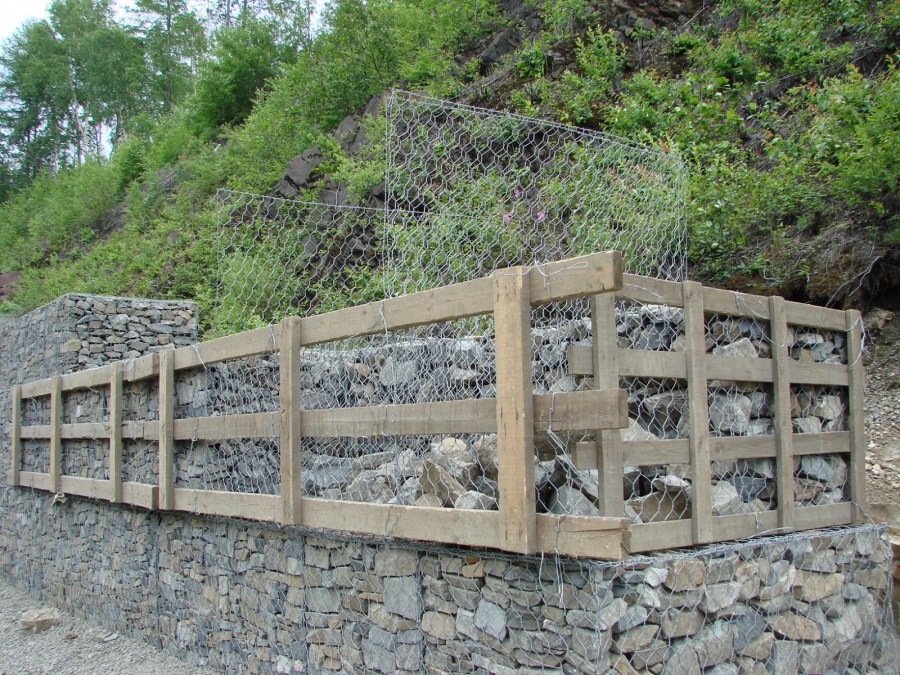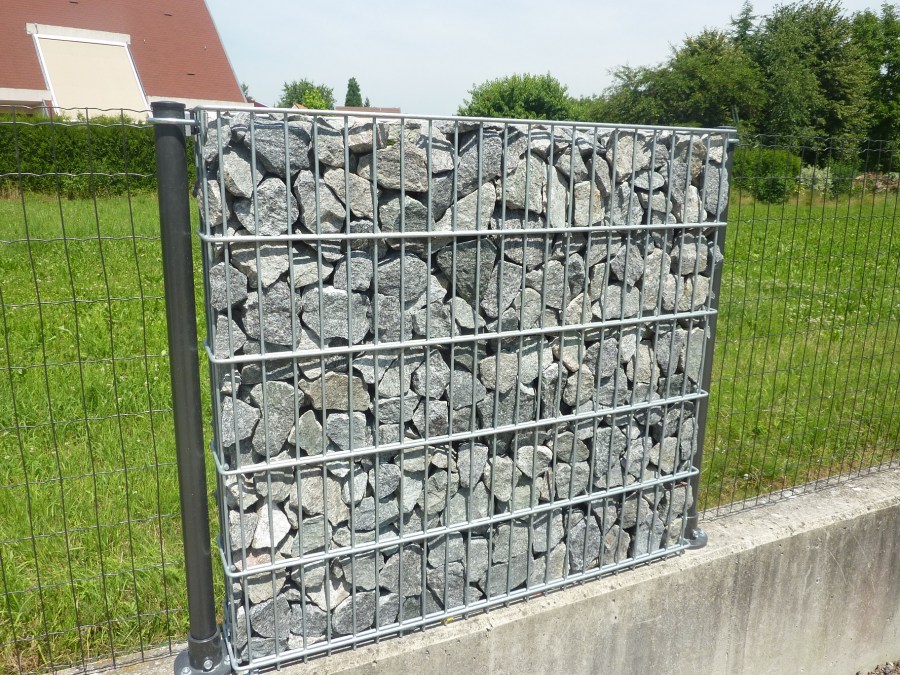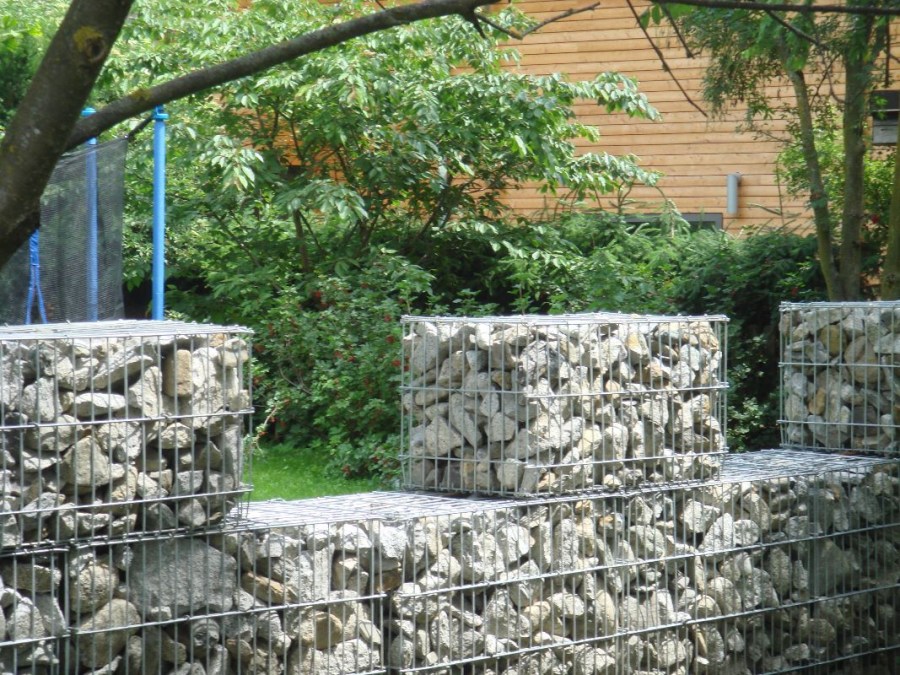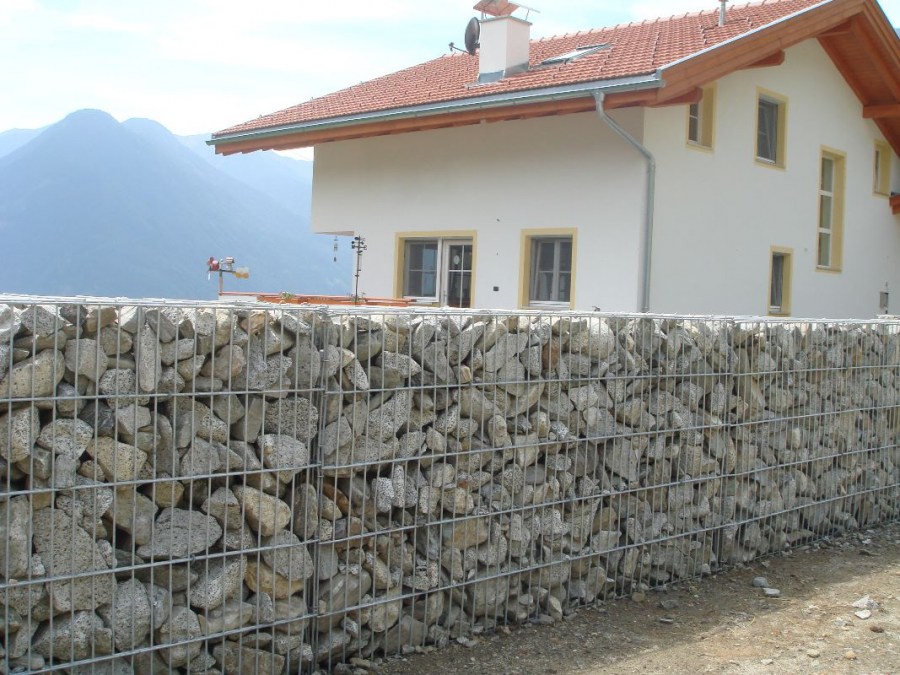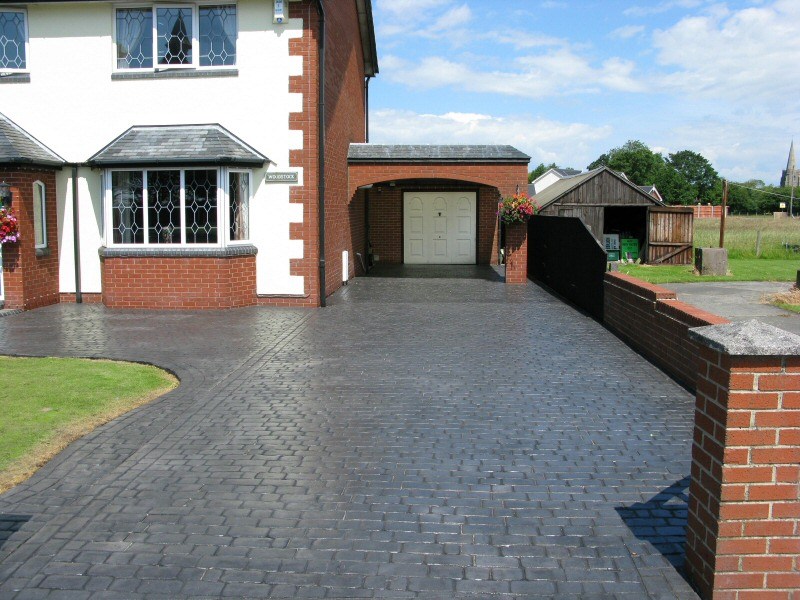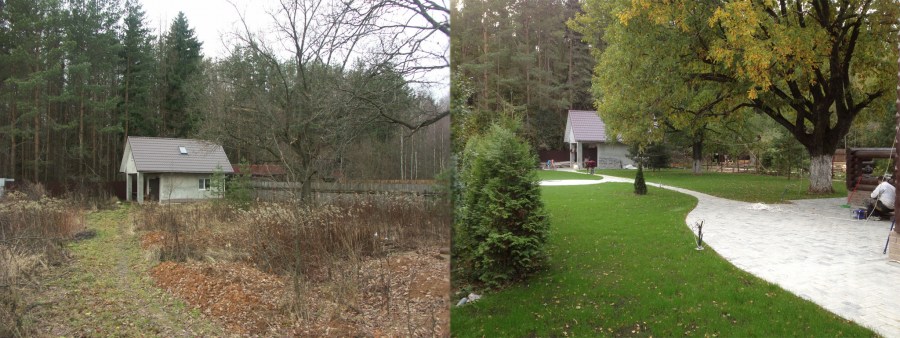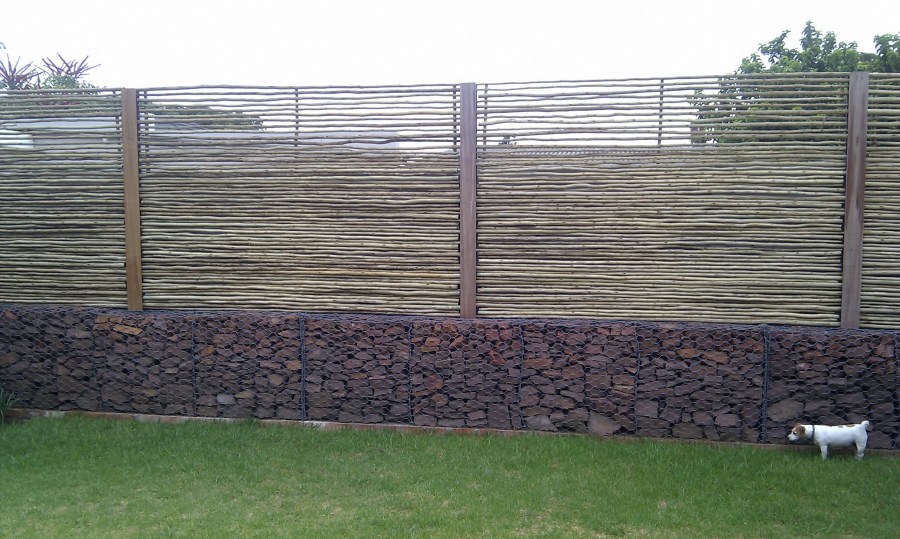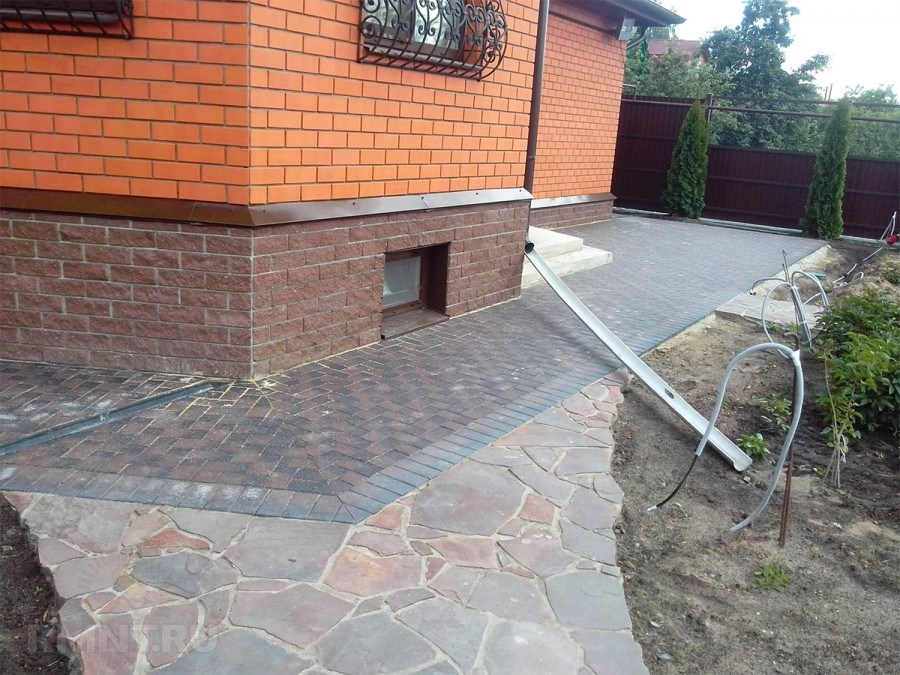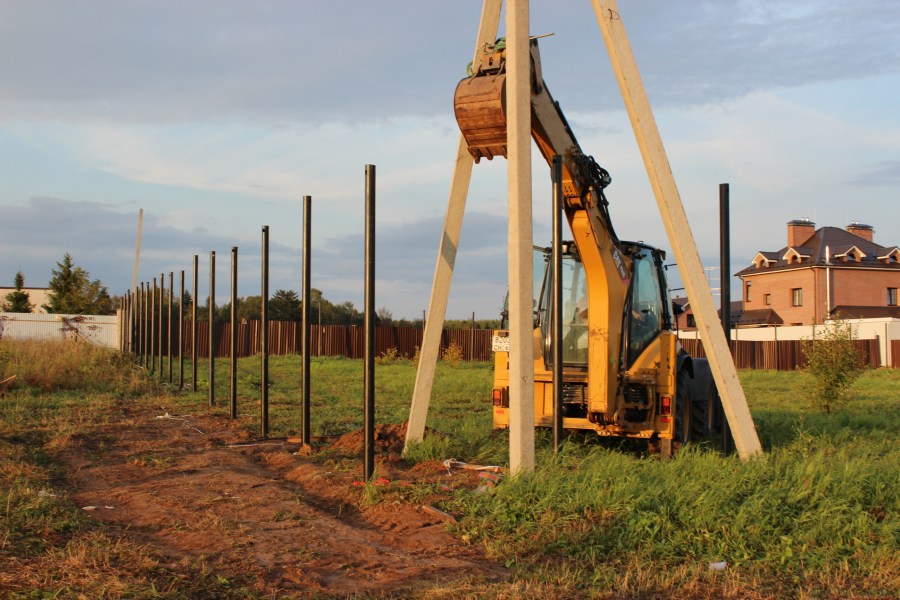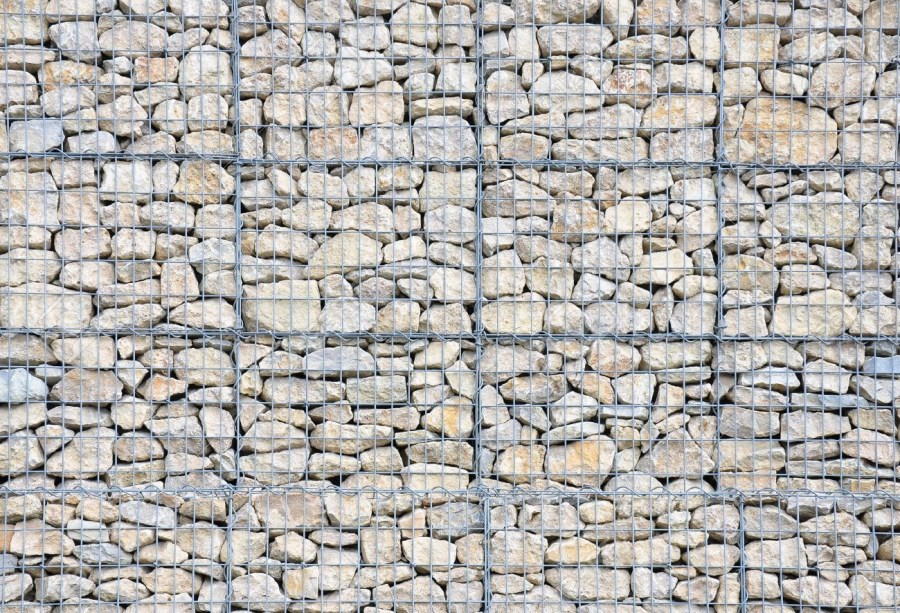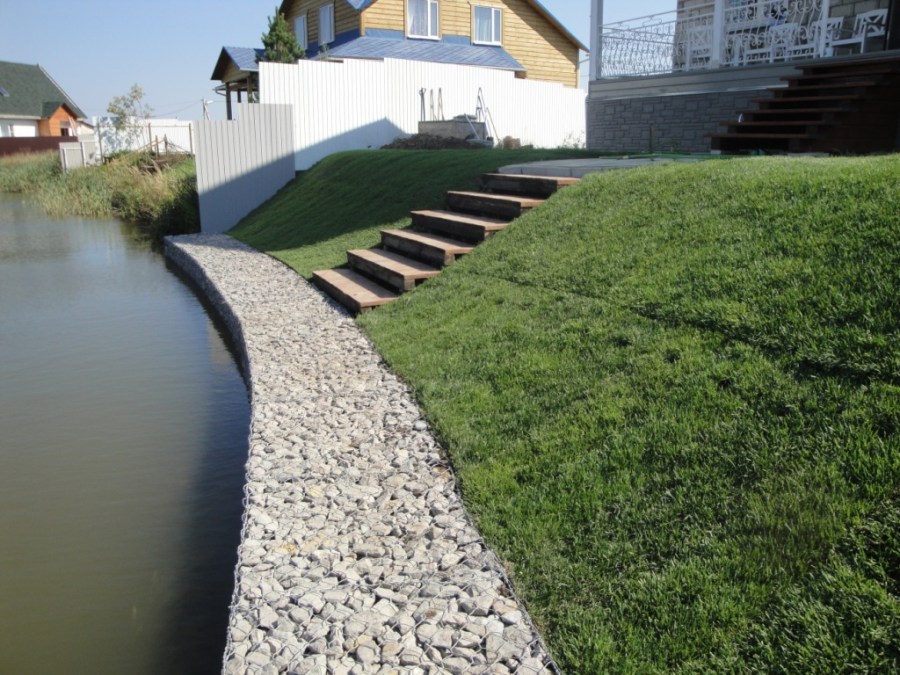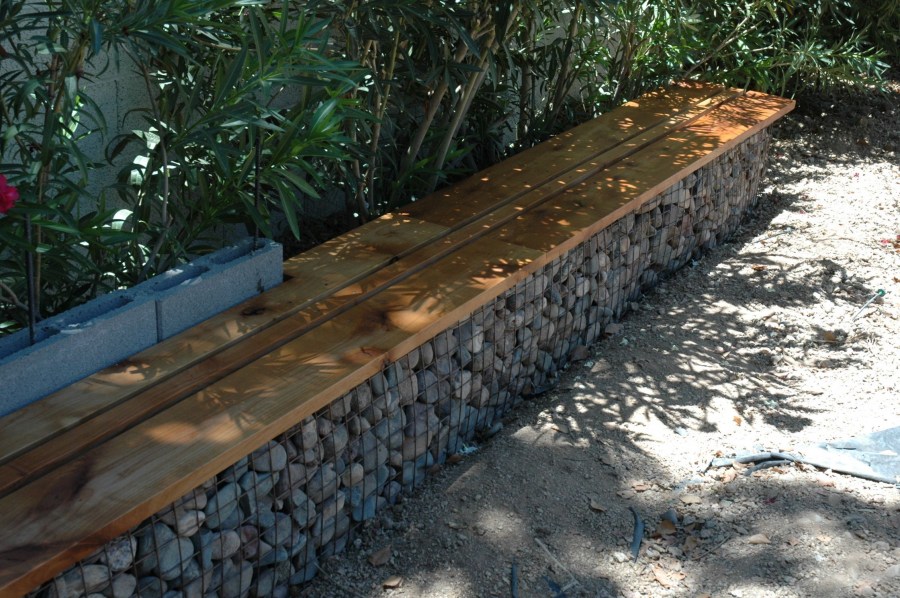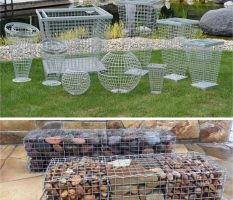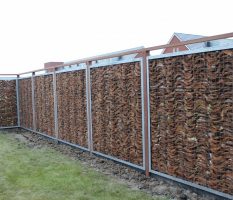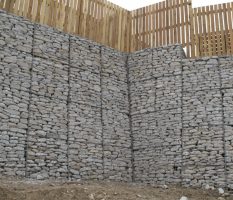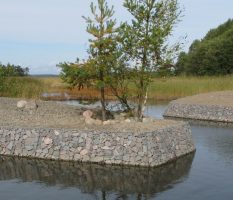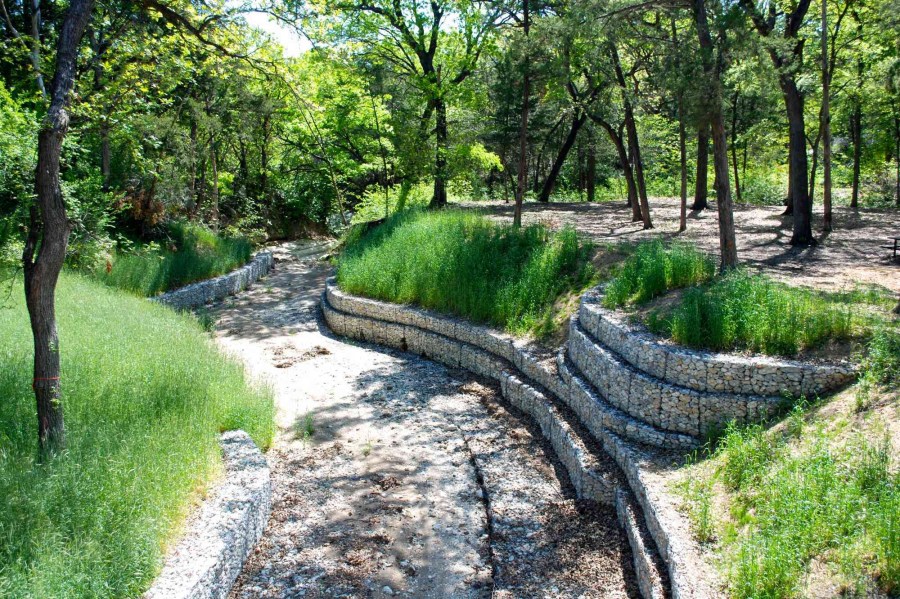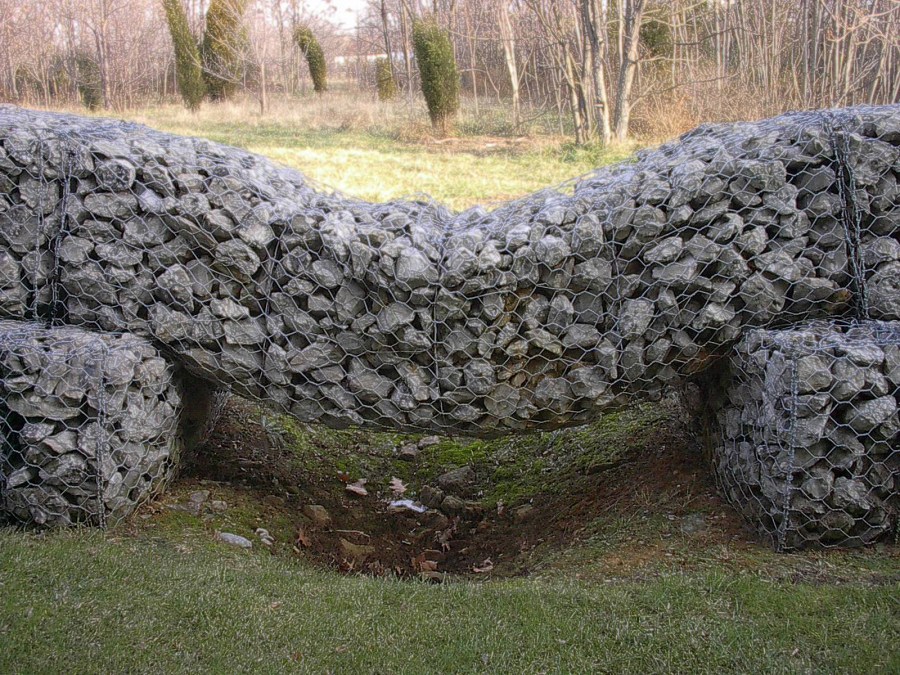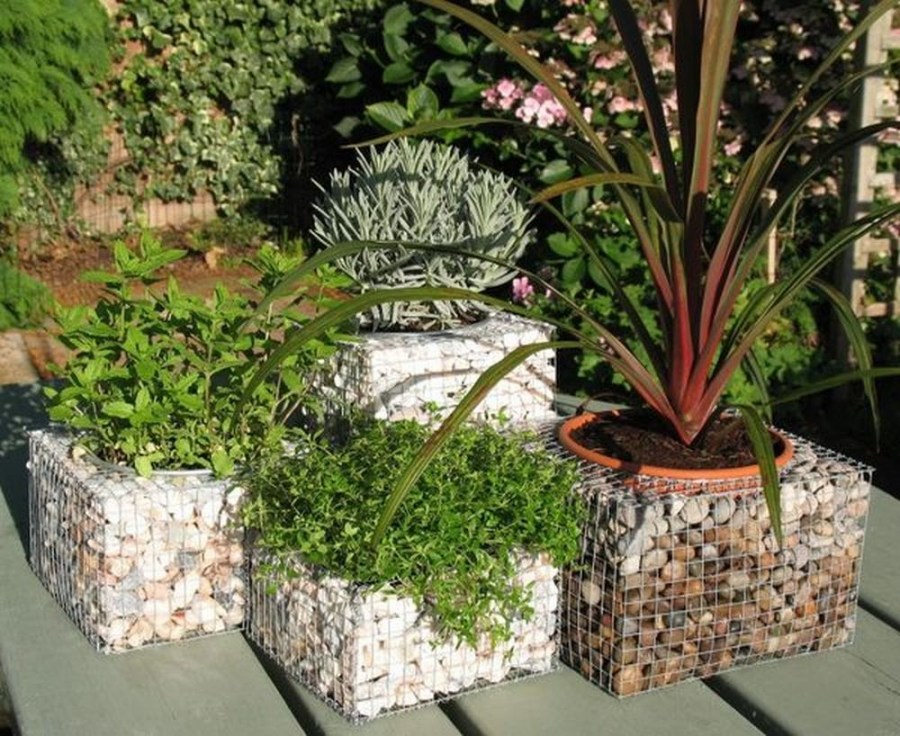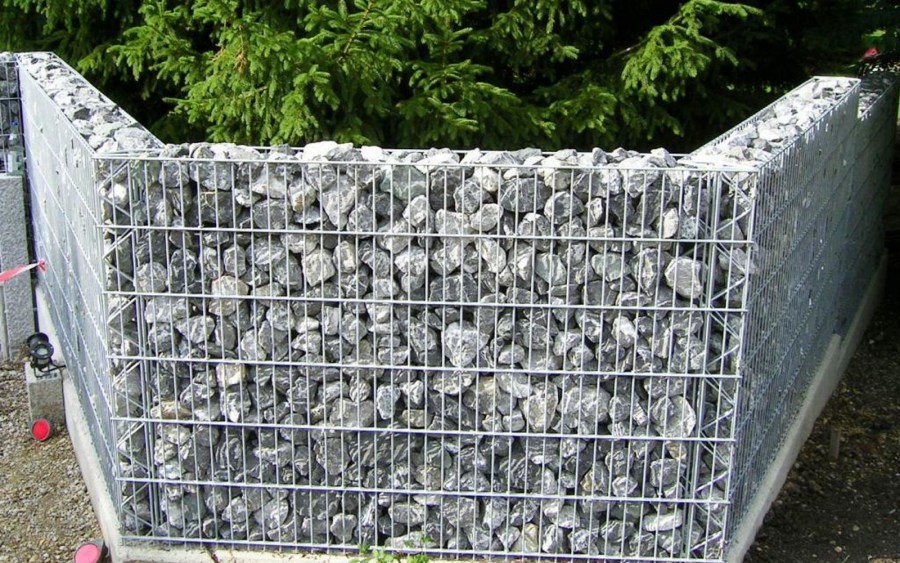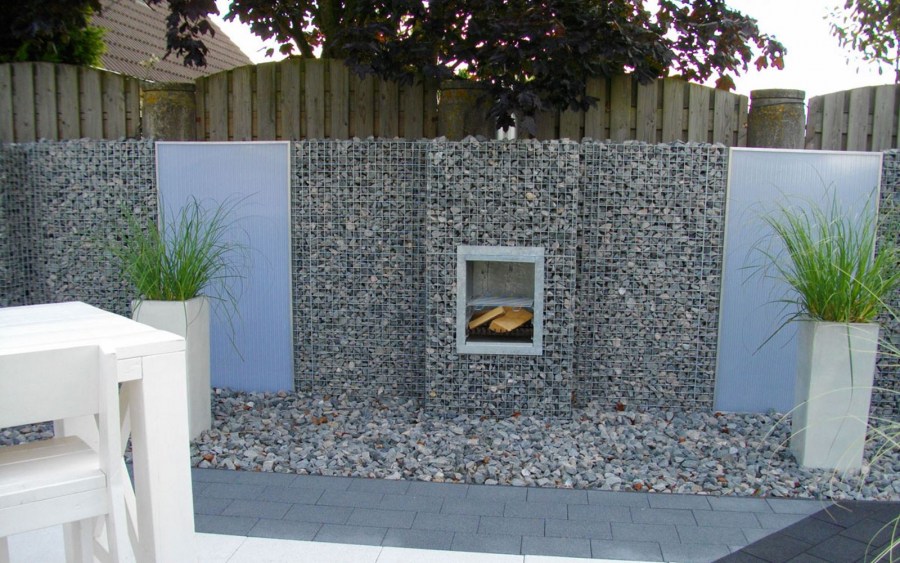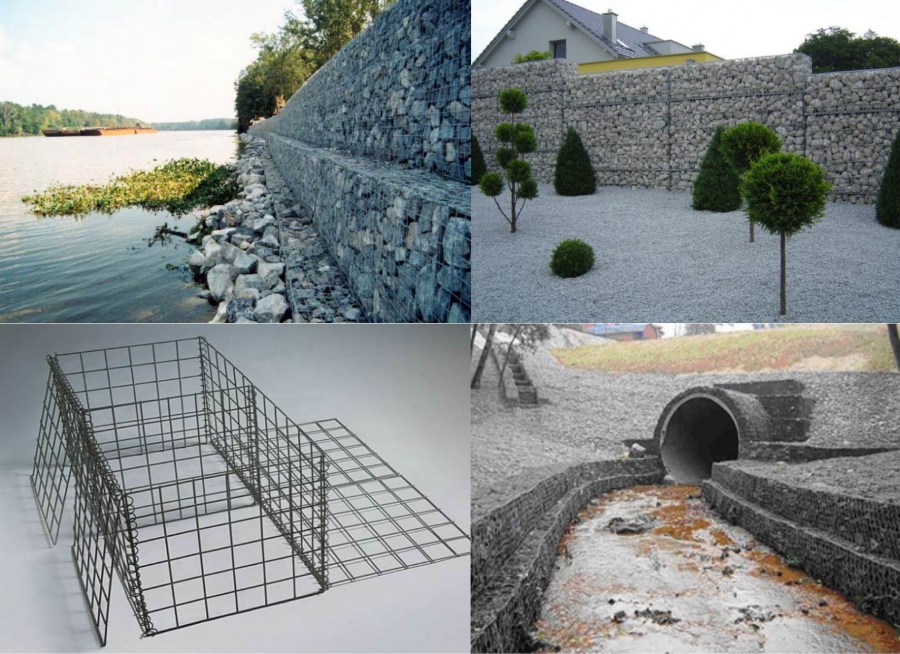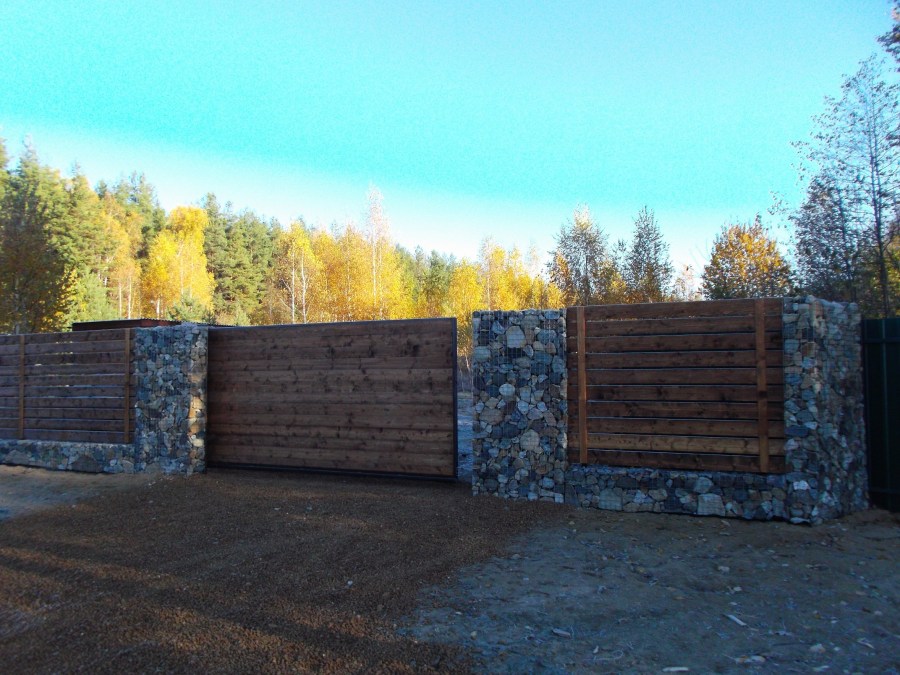Gabions - installation instructions and examples of modern design (100 photo ideas)
The name "gabion" came to us from the Italian language. Literally translated, the word "gabbia" means "cell." Gabions are called voluminous structures made of metal mesh filled with stone. Their story begins in the 17th century. Initially, they were a box of twigs, inside which the earth and cobbles were poured.
Such a home-made redoubt protected the soldiers from enemy bullets and shells. In the twentieth century, the product was noticed by builders and adapted to strengthen the banks of the rivers.
Currently, gabions are known as a decorative element in the arrangement of a suburban area.
Ideas for use
Gabions in landscape design are an example of an inexpensive but stylish means of expression. With their help, you can realize the most daring ideas. Designers have developed a lot of options for landscaping gabion structures.
Pay attention to a few ideas:
Zoning of the site. Due to the mobility and flexibility of the mesh frame can be given a different shape. High gabion in the form of a border is a proven technique for dividing a common household space into separate functional zones.
Strengthening the slopes of the reservoir from erosion. Actual for owners of farms by rivers, lakes, as well as for those who have their own decorative pond. Under the influence of wind and water, the soil is gradually destroyed.
To prevent erosion of coastal soil, gabions installed around the perimeter of the reservoir will help. To prevent the structure from breaking up, each block is connected to the previous wire. A staircase adjacent to a water source can also be made using gabions.
A fence of gabions. If during the construction work a lot of waste has accumulated (broken brick, crushed stone or concrete), do not dispose of it. Use them as a hedge filler.
The advantage of such a fence is a long service life, environmental friendliness, ease of installation. For greater aesthetics, climbing plants are planted in the space between the stones.
Registration of green spaces. From the gabion you can build a stand for a cache-pot or flowerbed for flowers. Stones perfectly emphasize the fragility and tenderness of plants.
Figures and architectural elements. Gabion cells are a good basis for garden benches, countertops, barbecue and hearths, walls of arbors.
The gabion photo selection below shows off-the-shelf design solutions.
Gabions: types and materials
In appearance, gabion structures are classified into 3 types:
Box gabions (another name is "Jumbo") are made in the form of a container with a width of 1-2 m, a height of 0.5-1 m. The length of the product is from 2 to 6 m. To increase the stiffness inside the box there are special partitions made of mesh removed each other from each other at a distance of 1 m. The scope of use is retaining, demarcation elements, fences.
Gabion “Renault” mattress type structurally similar to box-shaped. All the same rectangular shape, but flatter and modest in size. The height of the element does not exceed 30 cm. Several hundred years ago, these structures saved the inhabitants.
Bologna from the flood, for which they received the second name in honor of the river of the same name. To this day they are used for facing slopes and dams.
The cylindrical gabion looks like a hollow mesh frame with a cross section of up to 0.95 m and a length of 2-4 m. It is made by stitching from a roll. For packing, leave a hole at the 1 end (bag-shaped variety) or a window along the side of the cylinder.
The main details of any type of product are metal mesh and filler. The gabion net should be durable, because its main task is to preserve the integrity of the entire structure.
This requirement is ensured by the use of steel wire with a diameter of 2-8 mm. Anti-corrosion zinc or PVC coating must be applied to the surface.
According to the technology used to manufacture the mesh, all frames are divided into welded or braided according to the double torsion method. Welded gabions have rectangular or square cells formed by sticks welded to the rods at intersections.
Their main advantage is reliability, less deformation. Devices with interwoven wire can withstand lower loads. Visually, they can be recognized by hexagonal cells resembling a honeycomb.
When choosing stones for gabions, consider the functional purpose of the structure. For reinforcing frames, hard rocks are needed - granite, concrete.
If the site is to be decorated, then glass fragments, wooden saw cuts, tiles, and cones will be suitable material. In any case, the filler should be 30-40% larger than the cell size. And when using gabion under water, the difference should be at least 50%.
A little trick that will save the budget from significant expenses: lay out the visible front parts of the gabion with stone, and fill the core with sand. This will reduce installation costs by several times.
DIY Gabions
To reduce the time to complete the work, you can buy ready-made gabion structures. But in some cases they are not suitable in size. The output will be the construction of metal frames with your own hands.
First you need to stock up on tools and materials, including:
- Metal grid;
- Brackets or spirals made of wire for fastening adjacent walls of the box;
- Steel pins for fixing gabion in the soil;
- Geotextiles;
- Braces for screeding the sides of the structure;
- Filler;
- Pliers, mount, protective gloves for the hands.
All consumables are purchased with a margin of 10-15%. Before installation, the availability of everything necessary is checked according to the list. The absence of even one thing can cause a decrease in installation speed. For welded gabions, an additional welding machine and accessories are required.
Step-by-step instructions for creating gabions
The territory in which the object will be installed is measured. A diagram or drawing is drawn up with the main dimensions of the structure.
Preparing a platform for gabion. If necessary, the soil is cleaned of vegetation, leveled and rammed. To prevent the structure from overgrowing with grass, you can put a geotextile or black film under it.
The metal mesh is cut in accordance with the drawing. For a boxed product, the following details should be obtained: bottom, 4 side panels and a cover.
Each part of the frame is assembled together by a spiral wire or brackets. At this stage, one of the sides must be open to fill the box with stones.For rigidity, the structure can be strengthened by partitions from the mesh.
Installation of gabion in the ground is carried out using pins, anchors, stakes, which are attached to the box with clamps or hardware.
The box is filled with stones to half. The largest of them are laid out on the bottom and front facades, smaller fillers are placed in the middle. So that the little thing does not wake up through the gaps of large stones, they use geo-fabric. Opposite sides are pulled together with special cables - braces. They are passed through every 4-5 mesh cells and serve to prevent deformation of the box. After that, the gabion is completely filled.
The last step is mounting the cover and fixing it to the walls using wire or staples.
The use of gabion structures is justified from the point of view of creating a unique relief on the site. Thanks to these simple devices, you can get elevations or depressions, arrange flower beds. Gabion is not demanding in care. Every year it only gets stronger, because soil fills all cracks and voids.
Gabion photo
Fronton of the house - how to perform the lining? 110 photos of decent options
Ax: 85 photos of forged tools and features of their choice
Juniper - detailed description and 80 photos of different varieties
Flowers for flower beds: competent selection of stunted plants (65 photos)
Join the discussion:
